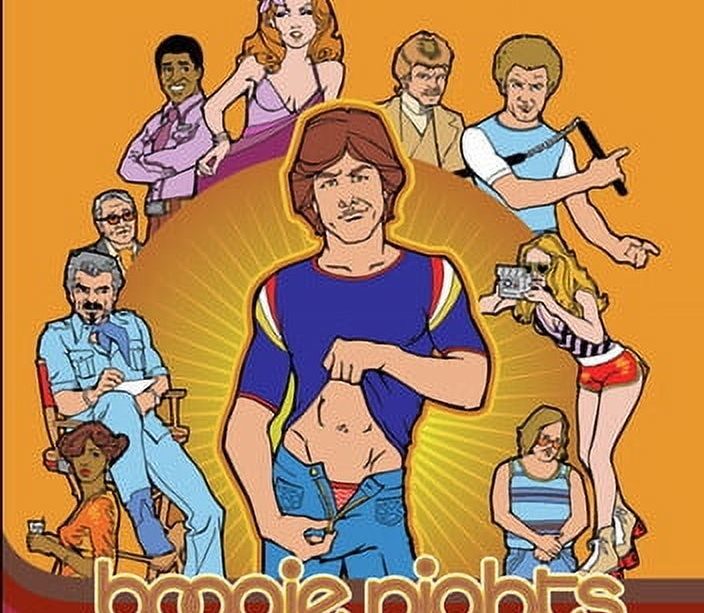The Lasting Cultural Impact of Boogie Nights

Introduction
‘Boogie Nights’, directed by Paul Thomas Anderson, was released in 1997 and quickly became a hallmark of 1990s cinema. Set against the backdrop of the adult film industry in the San Fernando Valley during the 1970s and early 1980s, the film not only entertained audiences but also provoked discussions about sexuality, fame, and morality. Its relevance continues today as it holds a mirror to societal shifts in attitudes towards the adult industry and popular culture.
The Plot and Characters
The narrative centres around Eddie Adams, portrayed by Mark Wahlberg, who transforms from a simple teenager to renowned adult film star Dirk Diggler. Alongside a talented ensemble cast including Julianne Moore, Burt Reynolds, and Heather Graham, the film intricately weaves their stories, illustrating both the glitz and the darker realities of fame. The film’s vibrant aesthetic and compelling storytelling captured the essence of the era while raising questions about the allure of the entertainment industry.
Cultural Significance
Upon its release, ‘Boogie Nights’ was met with critical acclaim, lauded for its ambitious storytelling and strong performances. It not only garnered multiple Academy Award nominations but also influenced a wave of films that followed, capturing the complexities of human desires and the pitfalls of celebrity. The film’s soundtrack, filled with disco classics, further cemented its nostalgic allure, making it a touchstone for various creative discussions about the 1970s and its legacy within Hollywood.
Legacy and Influence
Years after its release, ‘Boogie Nights’ remains a pivotal work. Film scholars often analyse its innovative narrative structure and character arcs. Moreover, it has inspired a generation of filmmakers and writers, particularly in how it portrays unconventional narratives about the adult film sector. The film’s candid approach has encouraged discussions about representation, sexuality, and the societal implications of adult entertainment, making it a relevant touchpoint in contemporary conversations about media and its effects on culture.
Conclusion
The significance of ‘Boogie Nights’ extends beyond its immediate entertainment value; it opens the door to a broader discourse on fame, identity, and the American Dream. With changing perceptions of the adult film industry and increasing dialogues surrounding sex work, the film remains a vital part of cinema history. As we reflect on its legacy, ‘Boogie Nights’ illustrates the ongoing tension between the allure of fame and the realities that underpin it, serving as both a mirror and a lens through which society can explore its values and limitations.









